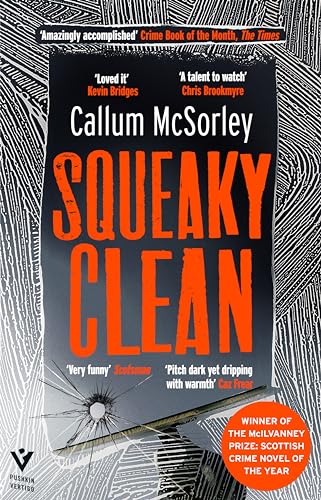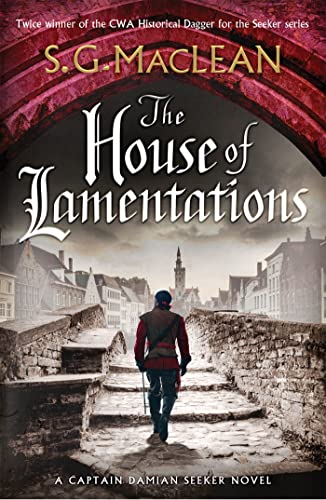 I decided to read Killers of the King by Charles Spencer when it was mentioned by the author S.G. MacLean as one of the books that she had found interesting when she was doing her research for one of her Seeker books. Luckily I was able to borrow it from the library. I was slightly disappointed when I got my hands on it as I had imagined it to be a sumptuous glossy hardback, but it is a normal format paperback, with just eight pages of photographs/illustrations. No doubt there is a similar hardback edition. However, it’s a really interesting book and is well-written.
I decided to read Killers of the King by Charles Spencer when it was mentioned by the author S.G. MacLean as one of the books that she had found interesting when she was doing her research for one of her Seeker books. Luckily I was able to borrow it from the library. I was slightly disappointed when I got my hands on it as I had imagined it to be a sumptuous glossy hardback, but it is a normal format paperback, with just eight pages of photographs/illustrations. No doubt there is a similar hardback edition. However, it’s a really interesting book and is well-written.
There were fifty-nine men who were mad or crazy enough to put their name to King Charles I ‘s death warrant and with the eventual restoration of the monarchy it was open season on them all. Almost half of them had died in the intervening twelve years, but almost immediately the hunt was on for the survivors, with one of them being murdered just three weeks later.
They had had some warning because with the unexpected death of Cromwell who had named his son Richard as his successor, it must have been obvious to everyone who knew Richard that he would never be up to the job. Soon there was talk of bringing Charles II home from his exile, and he was obviously going to punish the regicides. Most of them left the country, but some of them were persuaded to go back home, with promises of mercy, which turned out to be lies.
Charles Spencer decided to write this book because he thought that Charles I was an execrable ruler in his final years. However, I don’t think he came close to being as bad as Cromwell was, and he obviously intended to take over as king himself from the beginning.
“It is striking how many fascinating and notable figures colluded to end his life. They deserve in my view to be remembered with respect for their sacrifices: this book is my tribute to them.”
I think they never wanted a Stuart dynasty in the first place – too Scottish or should I say not English enough, and too close to Catholics for their liking. There were just too many greedy men who resented their family not being top dogs, but with Cromwell the whole country suffered. Well, that’s my opinion anyway.
You can see a Wiki image of his death warrant here.

 The Bookseller of Inverness by S.G. MacLean was published in 2022, I found it to be a cracking read, in fact it would make a great film.
The Bookseller of Inverness by S.G. MacLean was published in 2022, I found it to be a cracking read, in fact it would make a great film. I was having a tough time finding a 1937 book to read that I hadn’t already read, until I realised that I had a copy of Theatre by W. Somerset Maugham in a Far and Wide omnibus edition. I really liked it, he was such a good writer. The 1937 week is hosted by Simon at
I was having a tough time finding a 1937 book to read that I hadn’t already read, until I realised that I had a copy of Theatre by W. Somerset Maugham in a Far and Wide omnibus edition. I really liked it, he was such a good writer. The 1937 week is hosted by Simon at  Green for Danger by Christianna Brand was first published in 1944 but it has been reprinted by British Library in their Crime Classics series.
Green for Danger by Christianna Brand was first published in 1944 but it has been reprinted by British Library in their Crime Classics series. Squeaky Clean by Callum McSorley is the author’s first novel and it won the McIlvanney Prize: Scottish Crime Book of the Year. The setting is Glasgow, mainly the east end. I must say that I did like this one but in parts it’s not for the faint-hearted, or weak stomached, it’s definitely on the violent and gory side, but there is comedy too.
Squeaky Clean by Callum McSorley is the author’s first novel and it won the McIlvanney Prize: Scottish Crime Book of the Year. The setting is Glasgow, mainly the east end. I must say that I did like this one but in parts it’s not for the faint-hearted, or weak stomached, it’s definitely on the violent and gory side, but there is comedy too. The House of Lamentations by S.G. MacLean is the fifth book in her Captain Damien Seeker series which ranges over the whole of the Cromwellian era.
The House of Lamentations by S.G. MacLean is the fifth book in her Captain Damien Seeker series which ranges over the whole of the Cromwellian era.